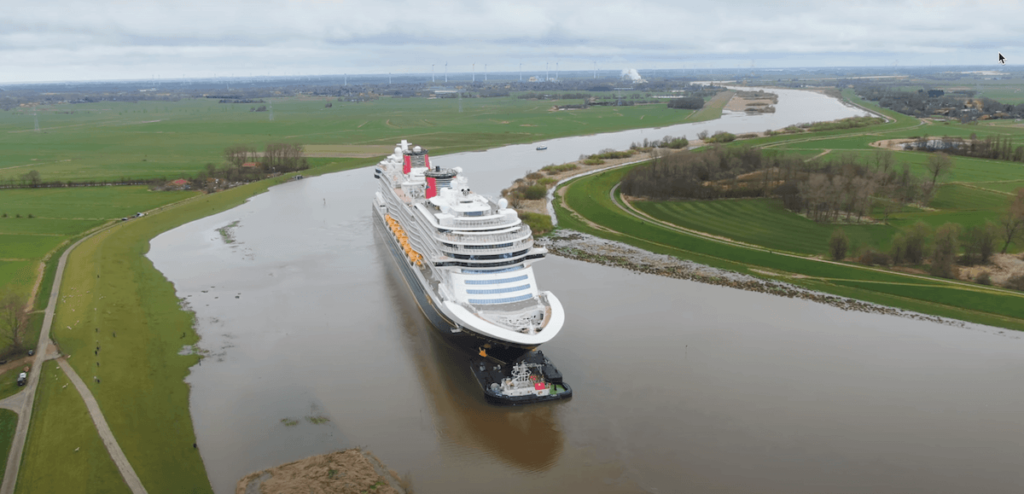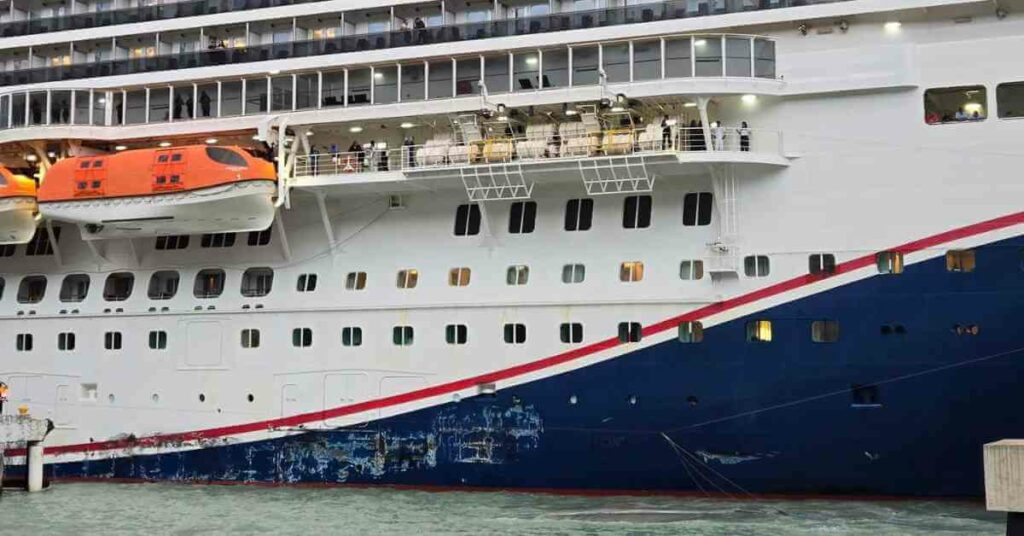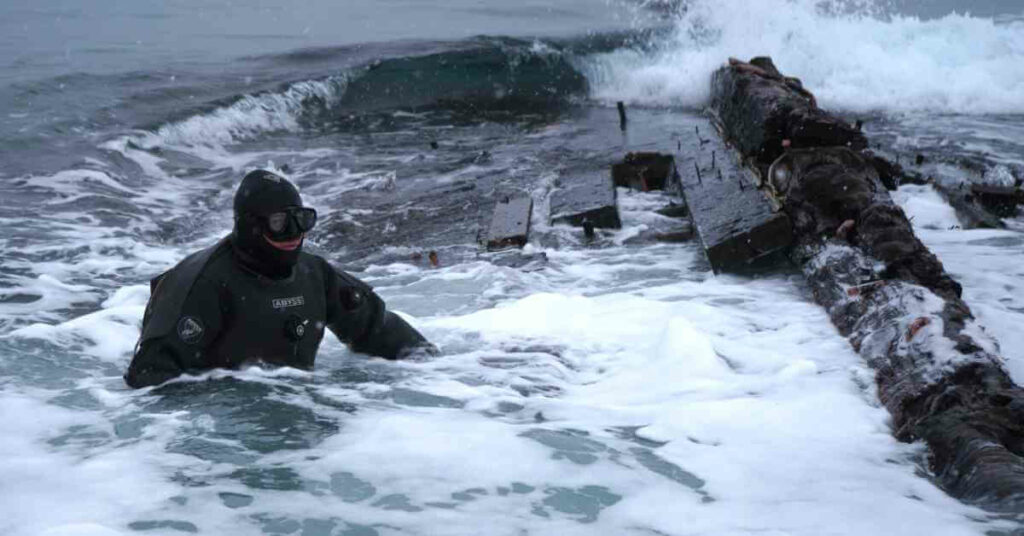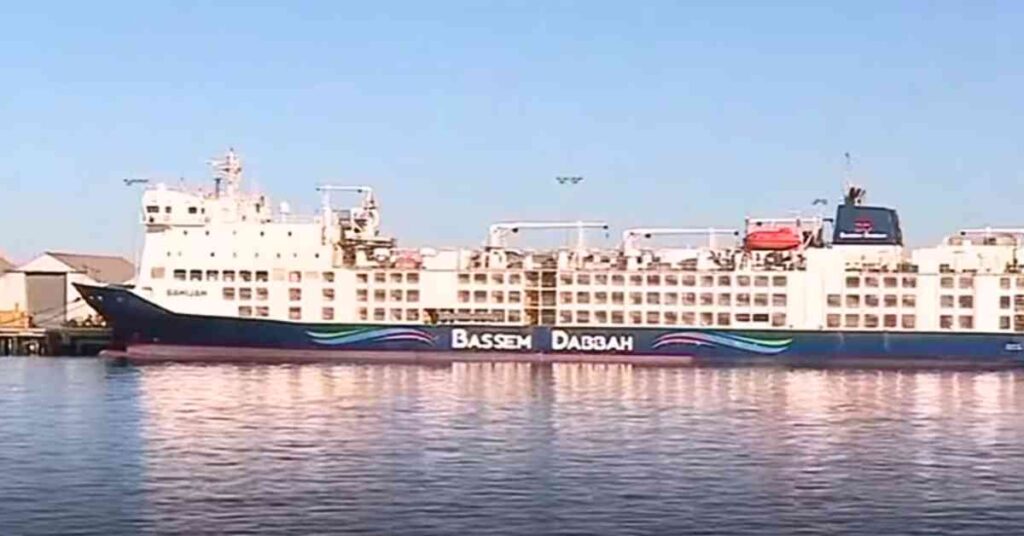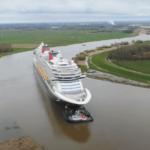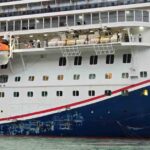Why Do Ships Sink: Angle Of Loll Explained
We use Lol daily to express humour or fun when reacting to a fun textual conversation. However, there is no fun when the ship reacts to the “angle of Loll.”
The angle of loll is a term used in the shipping industry to describe the dangerous situation that can occur when a ship has a permanent inclination or heel to one side, even when it is at rest and in calm waters.
It is the angle at which a ship with a negative initial metacentric height will lie at rest in still water with a particular angle of heel.
The ship will oscillate about this angle of the heel. In case of further imbalance in the weight distribution within the ship or loss of buoyancy, the ship may also tend to capsize, which is why this is a very dangerous situation onboard and must be corrected.
The angle of loll can occur for several reasons.
One of the most common is a shift in the weight distribution of the ship. This can happen when cargo is loaded or unloaded unevenly or when ballast water is not distributed properly.
Another cause can be the loss of buoyancy on one side of the ship, such as from a leak or damage to the hull. This can cause the ship to lean to one side, creating a dangerous situation.
An angle of loll can be corrected only by lowering the centre of gravity, not by moving loads transversely.
This can be done by moving weight downwards, adding water ballast in double-bottom tanks or removing weight above the ship’s vertical centre of gravity.
Where empty ballast tanks are available, these will afford the simplest means of lowering the ship’s centre of gravity. All slack tanks can be pressed up.
The correct procedure is to add ballast on the low side of the ship. The first effect will be to increase the angle of the heel and to cause a loss of stability due to the free surface of the water, but this effect is soon cancelled, and the angle of heel will rapidly decrease.
In any case, it’s important to correct the angle of loll as soon as possible to ensure the ship’s and crew’s safety.
Have you ever encountered an angle of loll onboard your ship, or what was the highest list angle you faced on ships? Let us know in the comments below!
Disclaimer: The author’s views expressed in this article do not necessarily reflect the views of Marine Insight. Data and charts, if used, in the article have been sourced from available information and have not been authenticated by any statutory authority. The author and Marine Insight do not claim it to be accurate nor accept any responsibility for the same. The views constitute only the opinions and do not constitute any guidelines or recommendations on any course of action to be followed by the reader.
The article or images cannot be reproduced, copied, shared, or used in any form without the permission of the author and Marine Insight.
Do you have info to share with us ? Suggest a correction

About Author
Zahra is an alumna of Miranda House, University of Delhi. She is an avid writer, possessing immaculate research and editing skills. Author of several academic papers, she has also worked as a freelance writer, producing many technical, creative and marketing pieces. A true aesthete at heart, she loves books a little more than anything else.
Latest Videos Articles You Would Like:
- Watch: Giant Disney Cruise Ship Maneuvers Through Impossibly Narrow River
- Cruise Ship Damaged Due To Severe Weather, Passengers Stuck Abroad
- Archaeologists Examine 19th-Century Shipwreck Found On Canadian Coast
- Australia Stops Livestock Ship From Sailing Around Africa To Israel Amidst Houthi Attacks
- Iran Warns U.S. Of Targeting Cargo Ships Following Latest Airstrikes On Houthis
- Watch: Ukrainian Forces Destroy Russian Missile Boat In Black Sea Operation
Daily Maritime News, Straight To Your Inbox
Sign Up To Get Daily Newsletters
Join over 60k+ people who read our daily newsletters
By subscribing, you agree to our Privacy Policy and may receive occasional deal communications; you can unsubscribe anytime.



